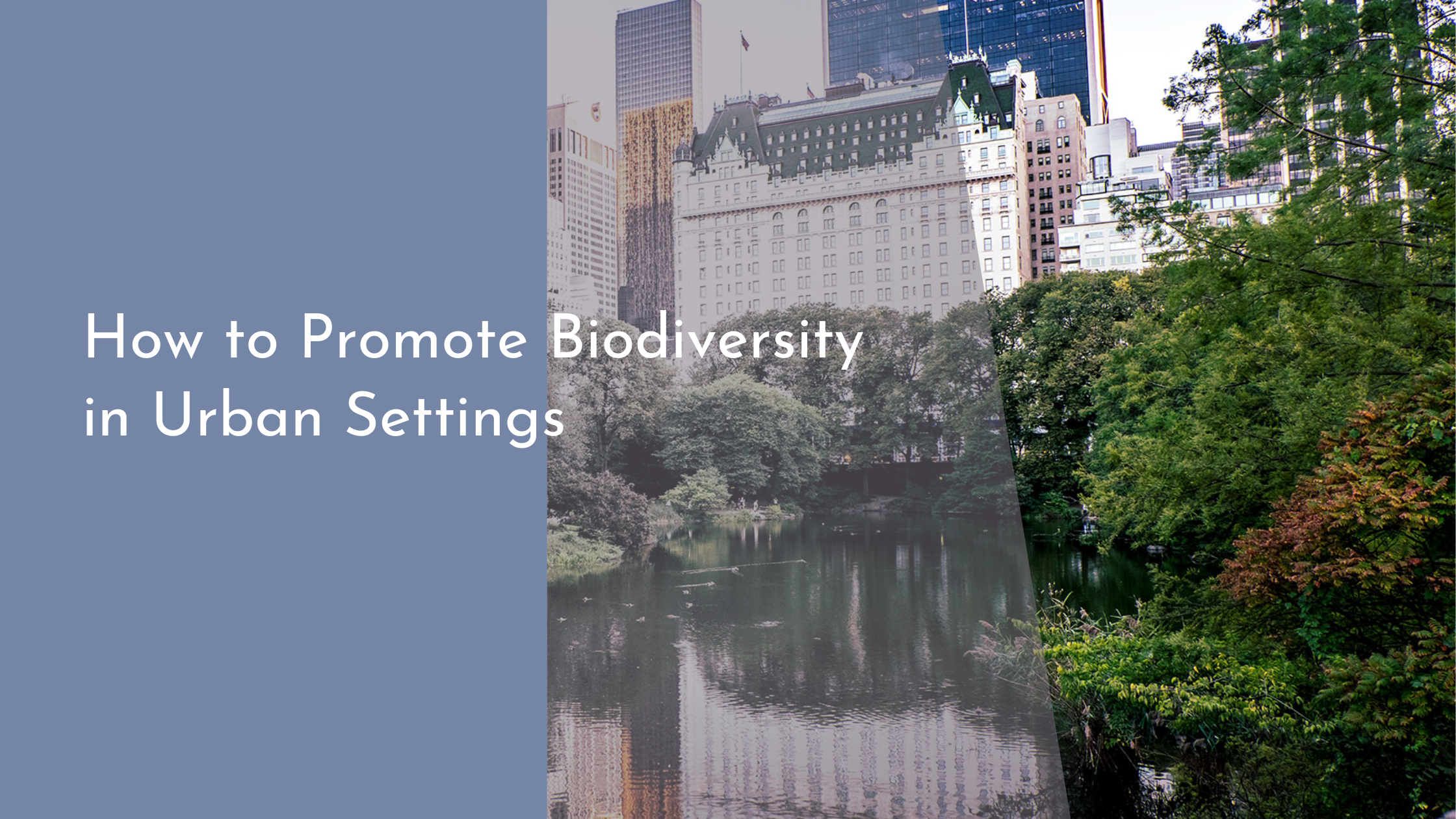How to Promote Biodiversity in Urban Settings
Urban environments are often seen as the antithesis of natural ecosystems. However, with over half the world’s population residing in cities, promoting biodiversity in urban settings has never been more crucial. Enhancing urban biodiversity not only provides critical habitats for wildlife but also offers numerous benefits to city dwellers, including improved air quality, mental health benefits, and increased resilience to climate change. In this article, we will explore how cities can become vibrant ecosystems through creating green spaces, encouraging urban wildlife habitats, adopting sustainable gardening practices, and engaging the community in biodiversity efforts.
Creating Green Spaces in Concrete Jungles
One of the most effective ways to promote biodiversity in urban areas is by developing green spaces. Parks, green roofs, and community gardens serve as vital patches of habitat for a variety of species, offering refuge and resources in the midst of concrete jungles. These spaces are not only havens for wildlife; they are also crucial for human well-being, providing places for recreation, relaxation, and social interaction. The presence of trees and plants in these areas helps to improve air quality, reduce urban heat, and mitigate the effects of climate change.
In addition to traditional parks and gardens, innovative urban planning can integrate green corridors and vertical gardens into existing infrastructure. Green corridors are strips of vegetation that connect isolated pockets of habitat, allowing animals to move safely between them and increasing genetic diversity. Vertical gardens, which involve planting vegetation on walls or vertical structures, can transform otherwise barren cityscapes into lush environments. These initiatives not only support biodiversity but also beautify urban areas, creating inviting spaces that encourage people to engage with nature.
Encouraging Urban Wildlife Habitats
Cities can become thriving ecosystems by intentionally creating habitats that support urban wildlife. Installing birdhouses, bat boxes, and insect hotels can provide much-needed nesting and roosting sites for various species. Planting native vegetation is another key strategy, as native plants are well-suited to local conditions and offer food and shelter for indigenous wildlife. These efforts can attract a diverse range of birds, insects, and small mammals, enriching the urban environment.
Water features such as ponds or small wetlands can further enhance urban habitats by providing essential resources for amphibians, birds, and insects. These water bodies can be designed to collect rainwater, making them sustainable additions to the urban landscape. By creating such habitats, cities can support thriving ecosystems that contribute to the overall health and resilience of the urban environment.
Sustainable Gardening Practices for City Dwellers
City dwellers can play a significant role in promoting urban biodiversity through sustainable gardening practices. By opting for organic gardening methods, individuals can reduce their use of harmful pesticides and fertilizers, which often have detrimental impacts on soil health and local wildlife. Composting kitchen waste is another sustainable practice that enriches the soil and reduces landfill waste.
In addition to organic practices, city gardeners can focus on planting a diverse range of native and pollinator-friendly plants. These plants provide essential resources for bees, butterflies, and other pollinators, which are crucial for maintaining healthy ecosystems. Container gardening and using small balcony spaces to grow herbs, vegetables, or flowers can also contribute to urban biodiversity, offering sustenance and habitat in even the smallest of spaces.
Engaging the Community in Biodiversity Efforts
Community involvement is essential for successful urban biodiversity initiatives. By engaging residents in biodiversity projects, cities can foster a sense of ownership and stewardship of local environments. Community workshops, educational programs, and citizen science projects can raise awareness and provide individuals with the knowledge and tools needed to contribute to biodiversity efforts.
Collaborative projects such as tree planting events, community gardens, and urban clean-ups can bring people together, strengthening social bonds and fostering a shared connection to the environment. Encouraging volunteerism and participation in local conservation efforts ensures that biodiversity initiatives are inclusive and sustainable, ultimately creating a vibrant urban ecosystem that benefits both humans and wildlife.
Promoting biodiversity in urban settings is a multifaceted endeavor that requires creativity, collaboration, and commitment. By creating green spaces, encouraging urban wildlife habitats, adopting sustainable gardening practices, and engaging the community, cities can transform into dynamic ecosystems that support both people and nature. As more urban areas embrace these strategies, we can look forward to cities that are not only bustling with human activity but are also brimming with life in all its forms.

